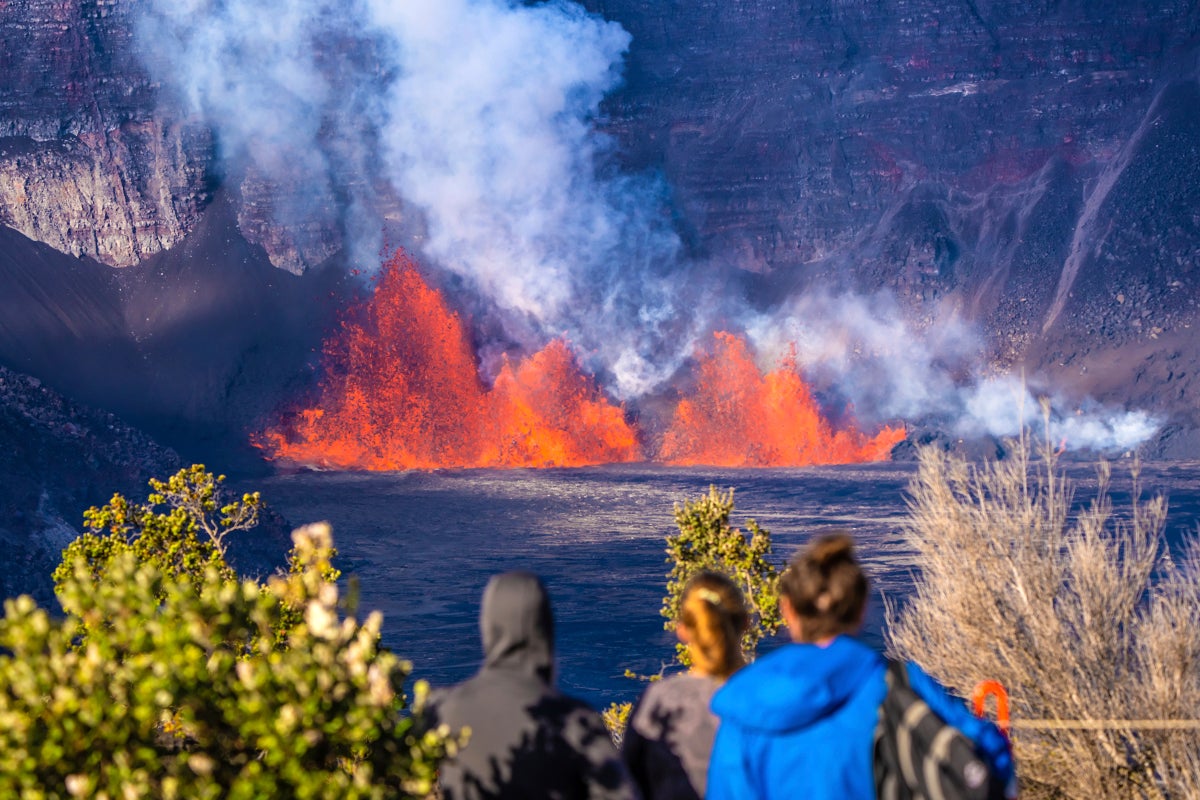Yellowstone crater movement sparks fears of supervolcano explosion as scientists assess risk Scientists investigating the Yellowstone supervolcano have discovered movement deep in the crater, sparking fears the sleeping giant could erupt.
The Yellowstone Caldera is the 1,350-square-mile crater in the western-central portion of the park that formed when this volcano cataclysmically erupted hundreds of thousands of years ago.
Researchers analyzing the supervolcano's crater, or caldera, found magma inside is moving northeast and shifting the concentration of volcanic activity along with it.
A new study has found that the movement of magma beneath the Yellowstone supervolcano is shifting in a new direction.
This natural wonder is driven by the volcanism of the Yellowstone Caldera] And because it has not exploded in about 640,000 years, some experts and locals believe the volcano is overdue.






















